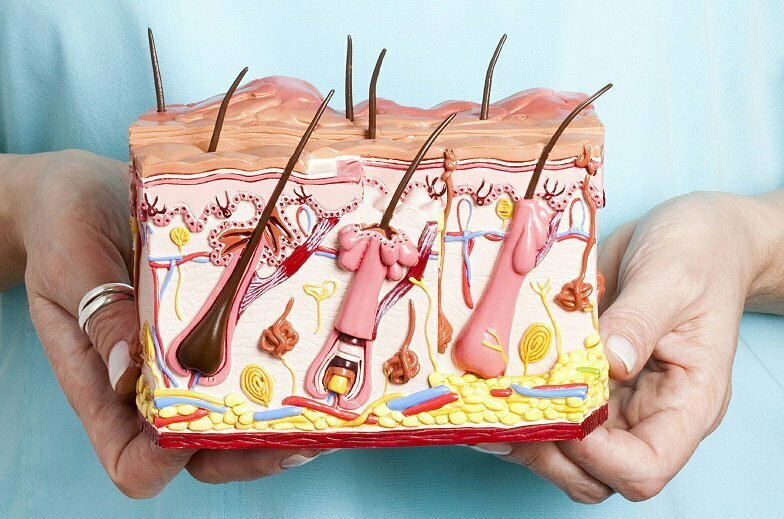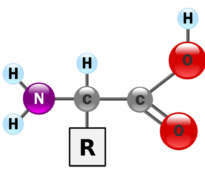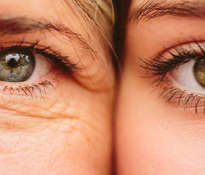According to modern medical knowledge, both the whole body and skin are subject to the aging process. During changes that occur over time, histological and biochemical changes occur, which are referred to as physiological or chronological aging. Do you know when skin starts to age?
Because the skin is exposed to direct external factors, therefore the signs of aging are the fastest on the skin. The physiological process of skin aging begins after reaching 25-30 years of age. The pace and intensity of this process depends on various factors. Individual genetic conditions, diet, lifestyle and exposure to harmful substances are of great importance. It is believed that these factors cause the formation of free radicals, which are attributed responsibility for accelerating the aging processes of the skin and the entire body.
Symptoms of skin aging
Aging skin becomes thin and dry, loses elasticity and shine, and wrinkles and discoloration appear on its surface. The main reason for changing the appearance of the skin is the structure of proteins that changes over the years, thanks to which the skin is elastic and smooth (collagen and elastin). With age, physical changes occur in all layers of the skin. In the epidermis, the basal layer cells flatten and the cells disappear in the spinous and granular layers. The epidermis becomes thin and dried and the exchange of nutrients between the epidermis and the dermis weakens.
In the dermis, the fibroblast activity decreases and the synthesis of elastic fibers is inhibited. Superficial and deep wrinkles appear. Surface wrinkles occur, among others, around the eyes, while deep wrinkles form on the forehead, cheeks, and the lower part of the face and neck.
Over the years, disorders in the synthesis of structural proteins arise, which is manifested by the fall of the face oval.
Changes also occur in the functioning of sebaceous and sweat glands. The secretion of sweat and sebum is reduced and the sebaceous glands are slowly disappearing. The lack of sebum results in weakening of the protective layer of the epidermis and, consequently, drying of the skin. Cells of aging skin regenerate much slower than in young skin and the stratum corneum becomes rough and dry.
In women during menopause, the changes typical for aging skin intensify. The cause is hormonal disorders, the effect of which is the weakening of fibroblast activity. The inhibition of the synthesis of hyaluronic acid and collagen and the marked reduction of skin firmness and hydration are halted.
An abnormal lifestyle can drastically accelerate the natural processes of skin aging. It is believed that smoking is one of the main factors that increase the rate of appearance of changes in the structure of the skin.









